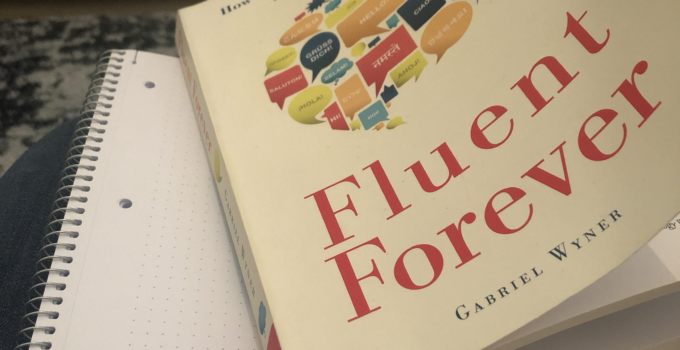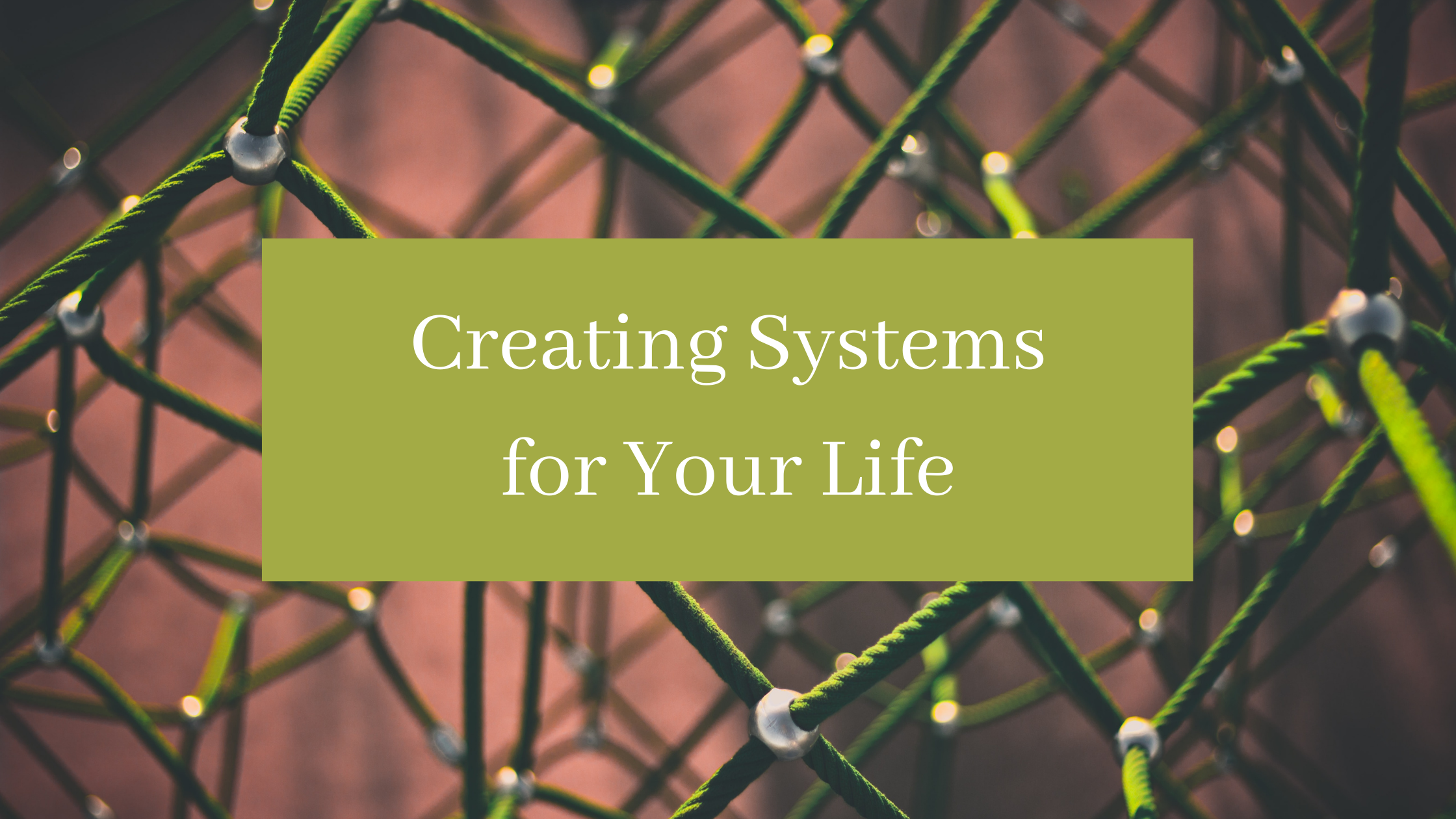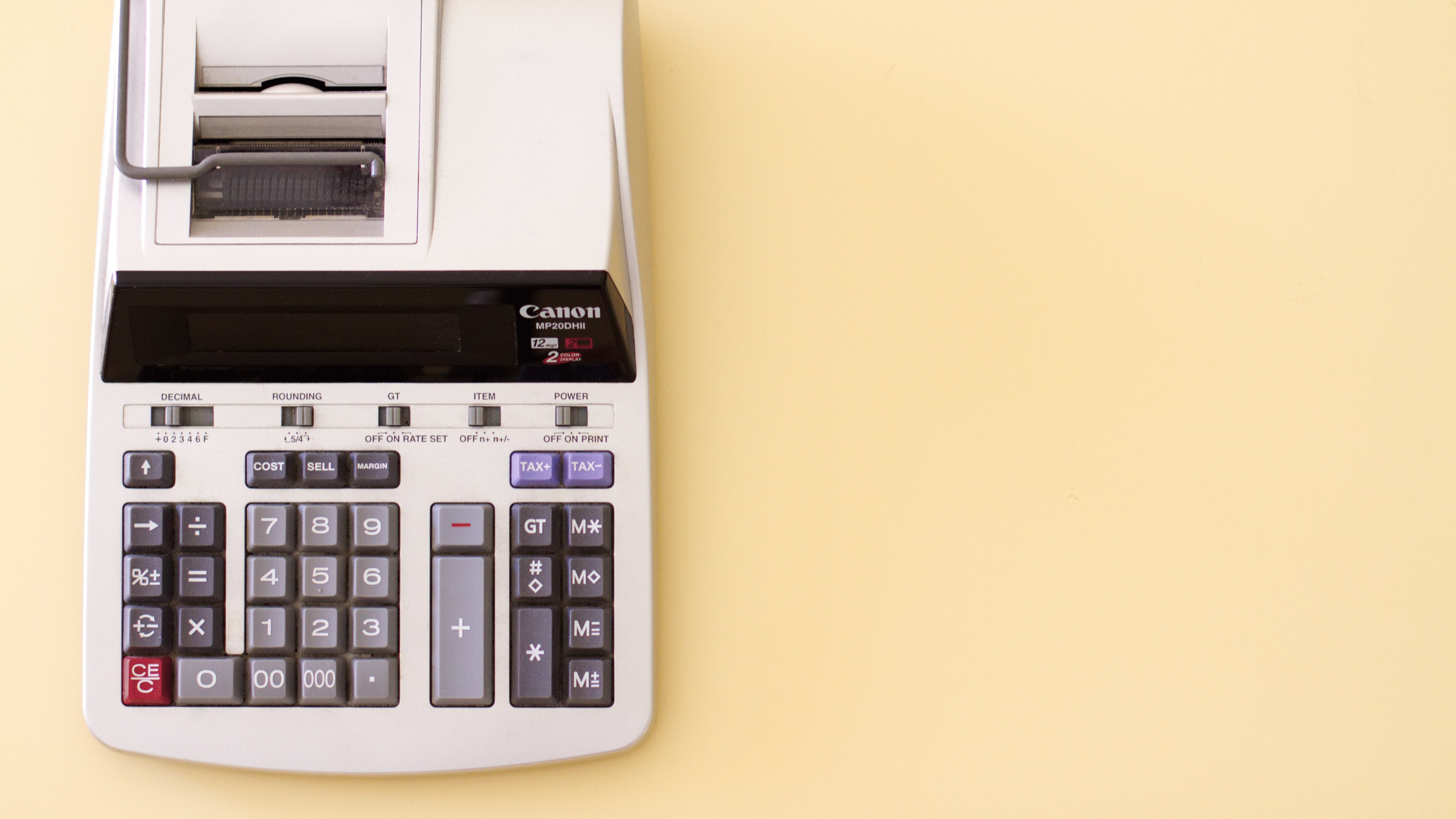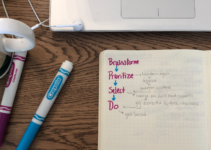When I moved to Germany in August of 2019, I knew probably a dozen words in German. I had half-heartedly taken a class in Seattle, but at the time I was too busy with a new role at work, planning an international move, and planning a wedding to really give it the focus it deserved. So after some trial and error with learning techniques, I found the Fluent Forever method.
What is Fluent Forever?
Written by polyglot Gabriel Wyner, Fluent Forever outlines a neuroscience-based method for learning languages by self-study. He wrote a Lifehacker article about it in 2012, crowdfunded tools via Kickstarter in 2013, and published the book in 2014.
The book is part pop science, explaining the brain science behind language acquisition, and part guide for setting up your very own handmade language learning kit.
My husband originally bought this book back in early 2018 and I read it in late 2019. Since then, I’ve forced it on friends and family alike.
What is the best way to learn a language?
Short answer: whatever way works best for your brain! But how many of us know how our brains learn best? There are lots of possibilities – hiring a tutor, working through textbooks, listening to tapes, etc.
I thought the best way for me to learn German would be in a classroom. I loved school, I exceled at school, and that was going to be the optimal environment for me to gain fluency.
So I enrolled in the class in Seattle, half-assed it, then moved to Germany. Within two weeks, I enrolled in German classes at Berlin’s equivalent of a community college. Somehow, I tested into the second level of the language. I picked up my books and headed to class.
And nearly cried the first day because I was so lost.
But I persevered! And attended the classes for about three and a half months, skipping class at increasing intervals. By the third class of my third session, I had concluded that classes weren’t going to get me any closer to fluency.
By that point, Zack reviewing his flashcards was a regular occurrence. He had been using the Fluent Forever method for two and a half years at that point, and I was jealous of his progress. So I finally picked up the book.
The neuroscience behind the Fluent Forever method
The Fluent Forever method is based off two concepts: how children acquire language and how our brains remember things.
Language Acquisition in Children
Wyner points out that, in order to understand how to optimize learning a language, we should look back at how we learned our native language. For most of us, we learned our first language from our parents. Our parents would talk and read to us, using simple language and clear body language to help us identify which words correspond with which things.
This is called comprehensible input. A parent holds up a cookie and says, “Do you want a cookie?” Over time and repetition, the child’s brain will eventually connect the sound “cookie” with the object. Wyner argues that, in order to optimize our time learning a language, we should focus on finding comprehensible input.
Another aspect to how children acquire language is the order in which concepts are learned. A child will first learn simple nouns: dog, Mama, cookie. Then, they learn unconjugated verbs: run, hop, go.
Note that they don’t learn how to properly use the verbs! They might say “Dog go!” And their parent will gently say, “Yes, the dog goes.” Over time, a child will figure out how to conjugate verbs, use adverbs, and learn idioms.
But the Fluent Forever method focuses on the order: simple nouns and verbs BEFORE verb structures.
How Our Brain Remembers
This is something that was reinforced when I took the “Learning How To Learn” Coursera, but the Fluent Forever method introduced me to the idea of a spaced repetition system (SRS).
The most efficient way to memorize something is to learn it once, then remind your brain of it juuuuuust as your brain is about to forget it. This will reinforce the synapse connection holding that information in your brain. Then, you can wait a little longer and remind your brain about it again. The more you repeat the cycle, the longer you can wait between reminders, and the stronger your brain’s hold on the information gets.
Fluent Forever (the book) recommends using a flashcard system called Anki. Wyner also outlines a manual method of creating and maintaining flashcards. Further, Wyner released an app in 2019 called Fluent Forever that automates this whole system for you!

A screengrab of my Anki decks – how I use the Fluent Forever method!
How to use the Fluent Forever method
So what do you do with the two neuroscience concepts behind the Fluent Forever system? You create a flashcard system and review it every day!
The amount of manual work that goes into the flashcard system is up to you (handwritten, Anki, or the Fluent Forever app), but the key difference between this method and, say, Duolingo, is that YOU create the cards. There’s more detail in the book, but choosing the image attached to a card and taking the time to make a personal connection with it is what helps you learn the card in the first place.
It doesn’t sound very revolutionary, but the neuroscience smooths the language-learning process.
How’s it going?
It’s been almost a year since I started building and reviewing flashcards in Anki using the Fluent Forever method. I can safely say that I’ve acquired listening and reading comprehension much faster than I was taking a class alone.
I considered using the Fluent Forever app, but it has a monthly membership fee. Since I witnessed Zack put together his flashcards (and since I have the time to create my own flashcards), I opted to build my own.
Back in July, I realized that I wanted more speaking practice, and I started supplementing with Lingoda online classes. Since then, I’ve been much more confident in speaking (and Zack doesn’t have to handle every German interaction…).
With these two tools, I’m anticipating being able to pass a B1 certification sometime next year. (B1 is the European designation for semi-fluent.) Considering my goal is to be able to chat with grocery checkers and read trashy beach reads, that will be a satisfying level for less than two years of study!




No Responses